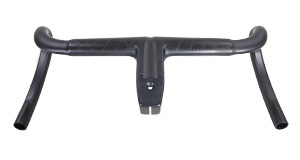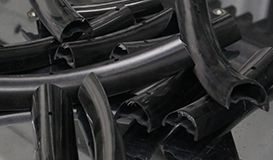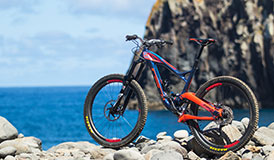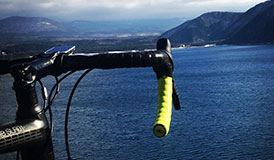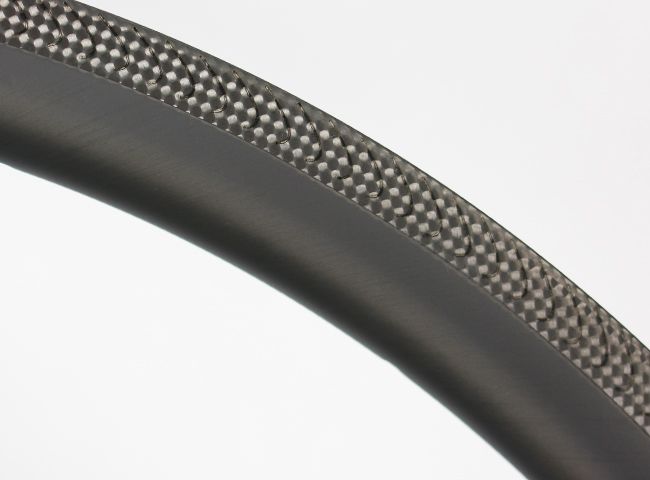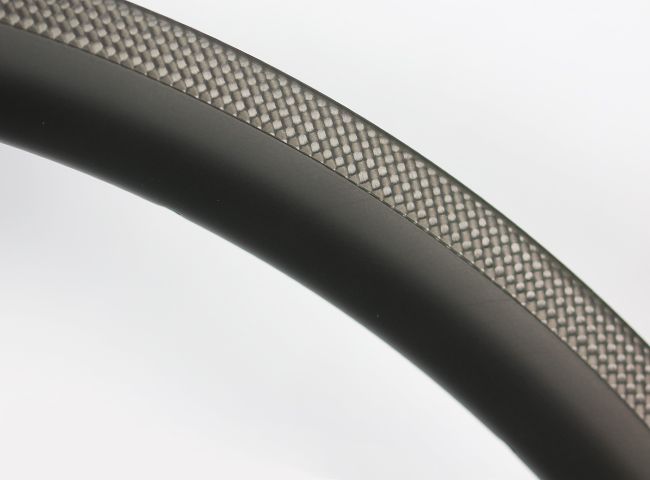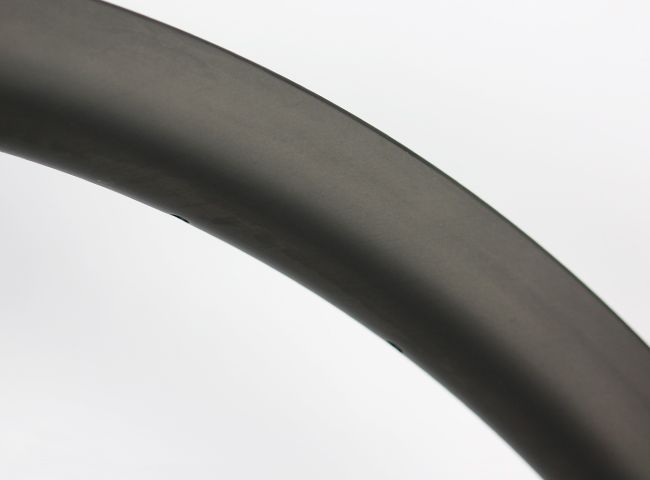Disc brakes have gained a lot of traction in the road bike market since the UCI allowed disc brake use for racing in 2018. Disc brakes clearly have more power, yet a number of road cyclists are hesitant to shift from rim/caliper brake to disc brake - why is that? Given that these two braking systems are not interchangeable, going to disc can be a big investment. You probably need a new wheelset, new brakes, and possibly shifters as well, as they are commonly tied to a road bike’s braking system.
In this blog, we will illustrate the pros and cons of rim brakes versus disc to help you make an informed decision.
The Basics
Disc brake and rim brake mainly differ in where the brake force is applied. With a rim brake system, the brake caliper is mounted to the frame and fork nearest the outer diameter, and the brake pads squeeze the braking track on the sidewall of rims.
With a disc brake system, calipers are mounted on the frame and fork closest to the hubs. Rotors are attached to the hubs and the brake pads squeeze against the rotors opposed to the rim.
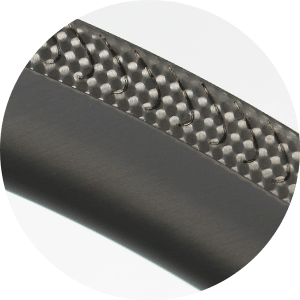
Grooved Brake Track
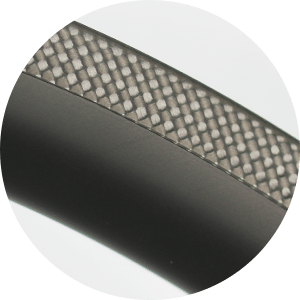
High TG Brake Track
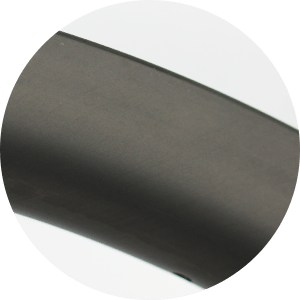
Disc Brake RIM
Pros of rim brake:
1. Lighter weight
2. Slightly more aerodynamic
3. Simpler to maintain and install for the average user
4. Cleaner look
Cons of rim brake:
1. The pads wear against the sidewall of the rim, so eventually, the whole rim will be worn out and require replacement
2. Less power
3. Less predictable performance in wet weather
4. Rim brake calipers and pads limit the width of rim and tires you can run
5. Possible overheating on long descents
6. If your rim is out of true or has a hop, you will feel that while braking
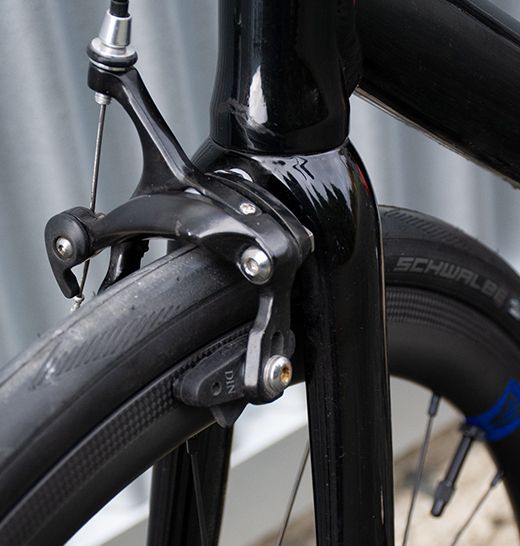
Upgraded brake track
For the use of graphene, our rims cool down fast as always between braking cycles which plays a big part in the consistency of the braking. According to our brake track test, the graphene brake track withstands friction heat up to 250℃, with no signs of deformation. The upgraded version has a grooved surface that helps evacuate trapped moisture between the pad and the rim in the wet and brings more friction when conditions are dry so that less force at the lever is required. We put a picture below to show you the right direction of wheel rotation in case you get confused when attaching the front wheel on your bicycle.
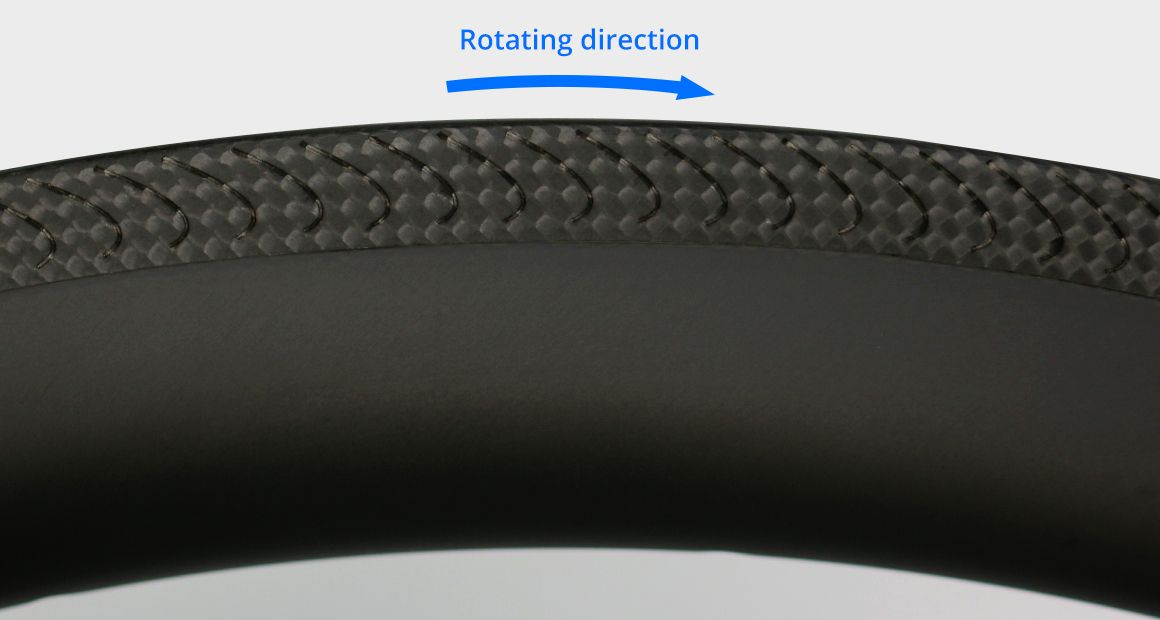
Pros of disc brake:
1. Disc brake performance is not affected by rim trueness
2. Less affected by wet weather and extreme ride conditions
3. Improved heat dissipation with a rotor
4. Larger tire clearance can lead to safely running lower pressures
5. Greater stopping power with comparatively less effort
6. No wear on the rims - rotors rarely need to be replaced
Cons of disc brake:
1. Rotors increase weight to the wheel
2. Maintenance of disc brake is more complicated
3. Disc brakes, especially the hydraulic variety, can be expensive
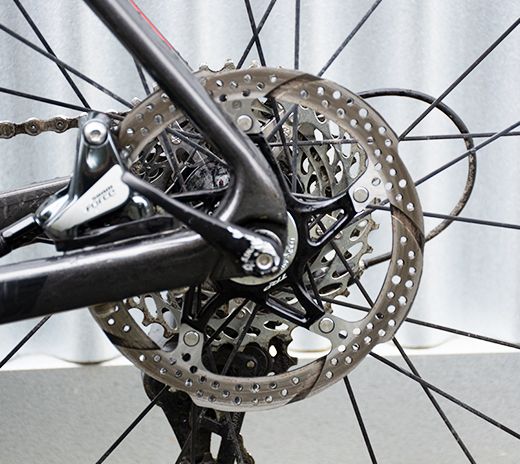
Mechanical or hydraulic disc brakes ?
Mechanical disc brakes operate with a cable, so the advantage with this type is you can re-use the same controls from a rim brake setup. Replacing a brake cable is a simple maintenance operation. But, mechanical brakes don’t feel as smooth and consistent as hydraulics.
Hydraulic brakes require special levers, so you likely need to change out your shifter/levers to ones that have hydraulic brake lines. Bleeding the brakes is not overly complicated but you may want to take your bike to a shop. Hydraulic discs don’t need a lot of maintenance and they have the best feel, plenty of power and a good set will feel very consistent with the braking regardless of the conditions.
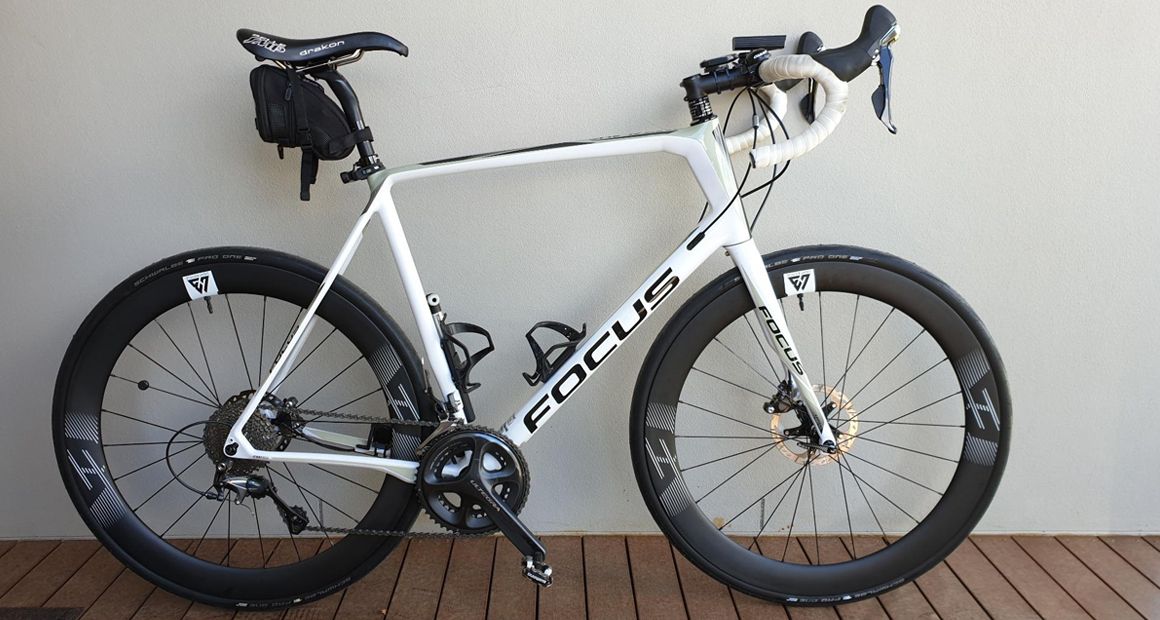
Do you feel a bit more educated on which direction to go? Have even more questions now? Let us know in the comments below!
November 29th, 2019 | Light Bicycle
COMMENTS
G
George 2023/07/25

LightBicycle 2023/07/26
REPLY
Please leave your name here.
E-mail is required for further contact.
Please enter a message.
Get in touch
Feel free to leave a comment if you have any questions or suggestions on our products or other issues.

Please leave your name here.
E-mail is required for further contact.
Please enter a message.
We use cookies for a better experience. Learn more.
Your Cookie Preferences
We use cookies to improve your experience on this website. You may choose which types of cookies to allow and change your preferences at any time. Disabling cookies may impact your experience on this website. You can learn more by viewing our Cookie Policy.
-
Cookies required to enable basic website functionality.
-
Cookies used to understand how the website is being used.
-
Cookies that are used to enhance the functionality of the website.
-
Cookies used to deliver advertising that is more relevant to your interests.
Aceept All Cookies
Save Preferences
Reject All Cookies
Save Preferences
Reject All Cookies
Accept All Cookies






